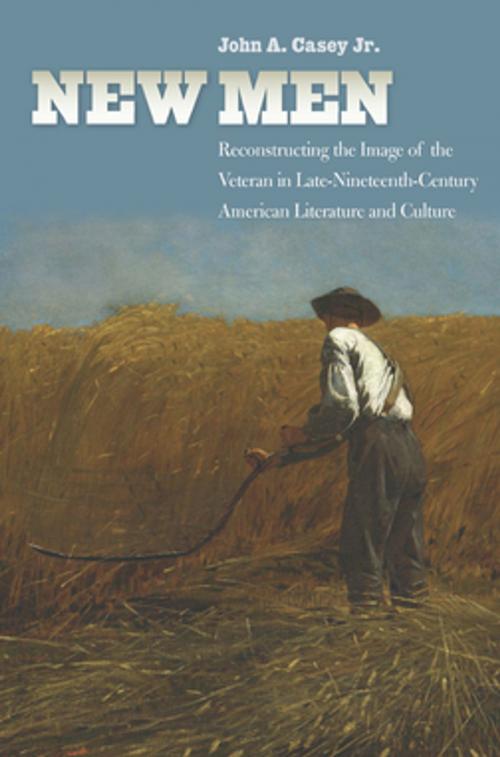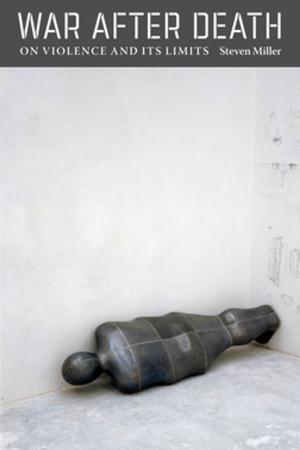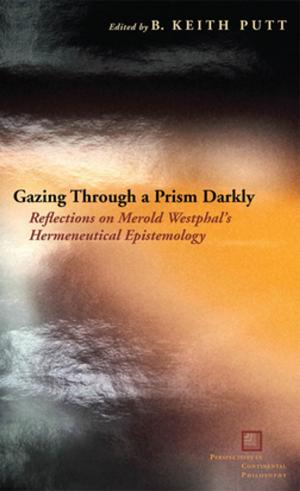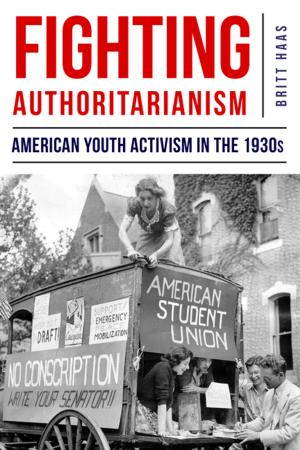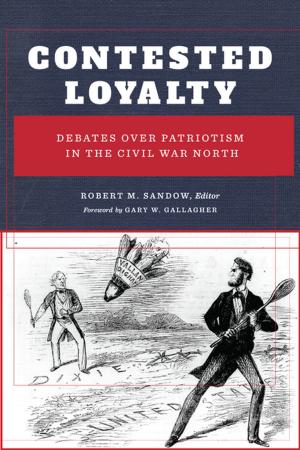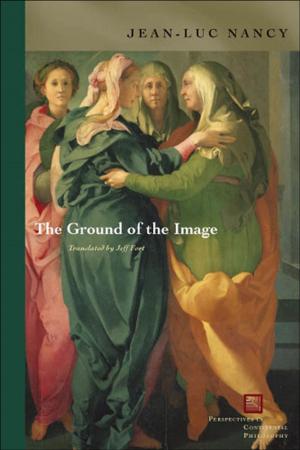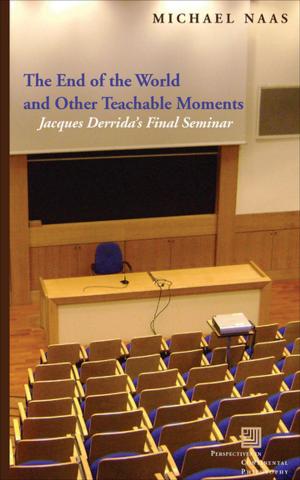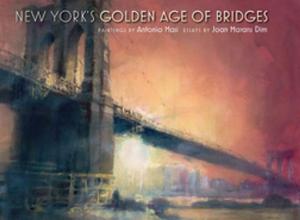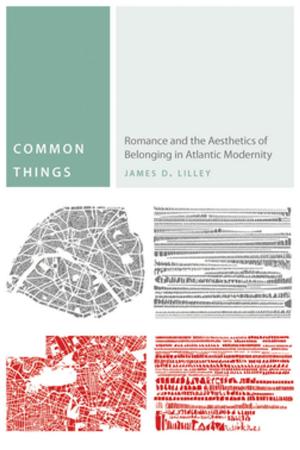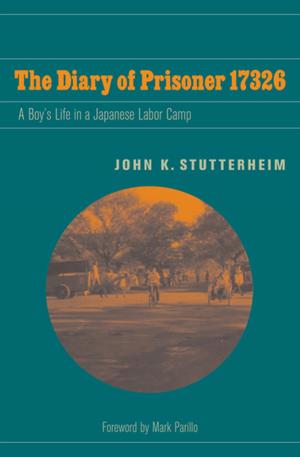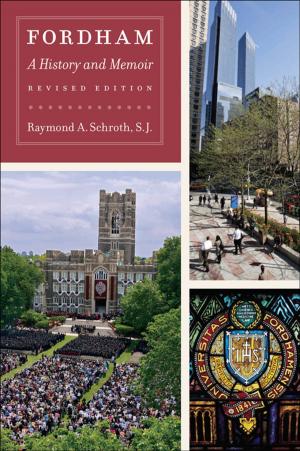New Men
Reconstructing the Image of the Veteran in Late-Nineteenth-Century American Literature and Culture
Nonfiction, History, Americas, United States, Civil War Period (1850-1877), Military| Author: | John A. Casey, Jr., Jr. | ISBN: | 9780823265404 |
| Publisher: | Fordham University Press | Publication: | April 1, 2015 |
| Imprint: | Fordham University Press | Language: | English |
| Author: | John A. Casey, Jr., Jr. |
| ISBN: | 9780823265404 |
| Publisher: | Fordham University Press |
| Publication: | April 1, 2015 |
| Imprint: | Fordham University Press |
| Language: | English |
Scholars of the Civil War era have commonly assumed that veterans of the Union and Confederate armies effortlessly melted back into society and that they adjusted to the demands of peacetime with little or no difficulty. Yet the path these soldiers followed on the road to reintegration was far more tangled. New Men unravels the narrative of veteran reentry into civilian life and exposes the growing gap between how former soldiers saw themselves and the representations of them created by late-nineteenth century American society. In the early years following the Civil War, the concept of the “veteran” functioned as a marker for what was assumed by soldiers and civilians alike to be a temporary social status that ended definitively with army demobilization and the successful attainment of civilian employment. But in later postwar years this term was reconceptualized as a new identity that is still influential today. It came to be understood that former soldiers had crossed a threshold through their experience in the war, and they would never be the same: They had become new men. Uncovering the tension between veterans and civilians in the postwar era adds a new dimension to our understanding of the legacy of the Civil War. Reconstruction involved more than simply the road to reunion and its attendant conflicts over race relations in the United States. It also pointed toward the frustrating search for a proper metaphor to explain what soldiers had endured.
A provocative engagement with literary history and historiography, New Men challenges the notion of the Civil War as “unwritten” and alters our conception of the classics of Civil War literature. Organized chronologically and thematically, New Men coherently blends an analysis of a wide variety of fictional and nonfictional narratives. Writings are discussed in revelatory pairings that illustrate various aspects of veteran reintegration, with a chapter dedicated to literature describing the reintegration experiences of African Americans in the Union Army. New Men is at once essential reading for anyone who wants to understand the origins of our concept of the “veteran” and a book for our times. It is an invitation to build on the rich lessons of the Civil War veterans’ experiences, to develop scholarship in the area of veterans studies, and to realize the dream of full social integration for soldiers returning home.
Scholars of the Civil War era have commonly assumed that veterans of the Union and Confederate armies effortlessly melted back into society and that they adjusted to the demands of peacetime with little or no difficulty. Yet the path these soldiers followed on the road to reintegration was far more tangled. New Men unravels the narrative of veteran reentry into civilian life and exposes the growing gap between how former soldiers saw themselves and the representations of them created by late-nineteenth century American society. In the early years following the Civil War, the concept of the “veteran” functioned as a marker for what was assumed by soldiers and civilians alike to be a temporary social status that ended definitively with army demobilization and the successful attainment of civilian employment. But in later postwar years this term was reconceptualized as a new identity that is still influential today. It came to be understood that former soldiers had crossed a threshold through their experience in the war, and they would never be the same: They had become new men. Uncovering the tension between veterans and civilians in the postwar era adds a new dimension to our understanding of the legacy of the Civil War. Reconstruction involved more than simply the road to reunion and its attendant conflicts over race relations in the United States. It also pointed toward the frustrating search for a proper metaphor to explain what soldiers had endured.
A provocative engagement with literary history and historiography, New Men challenges the notion of the Civil War as “unwritten” and alters our conception of the classics of Civil War literature. Organized chronologically and thematically, New Men coherently blends an analysis of a wide variety of fictional and nonfictional narratives. Writings are discussed in revelatory pairings that illustrate various aspects of veteran reintegration, with a chapter dedicated to literature describing the reintegration experiences of African Americans in the Union Army. New Men is at once essential reading for anyone who wants to understand the origins of our concept of the “veteran” and a book for our times. It is an invitation to build on the rich lessons of the Civil War veterans’ experiences, to develop scholarship in the area of veterans studies, and to realize the dream of full social integration for soldiers returning home.
